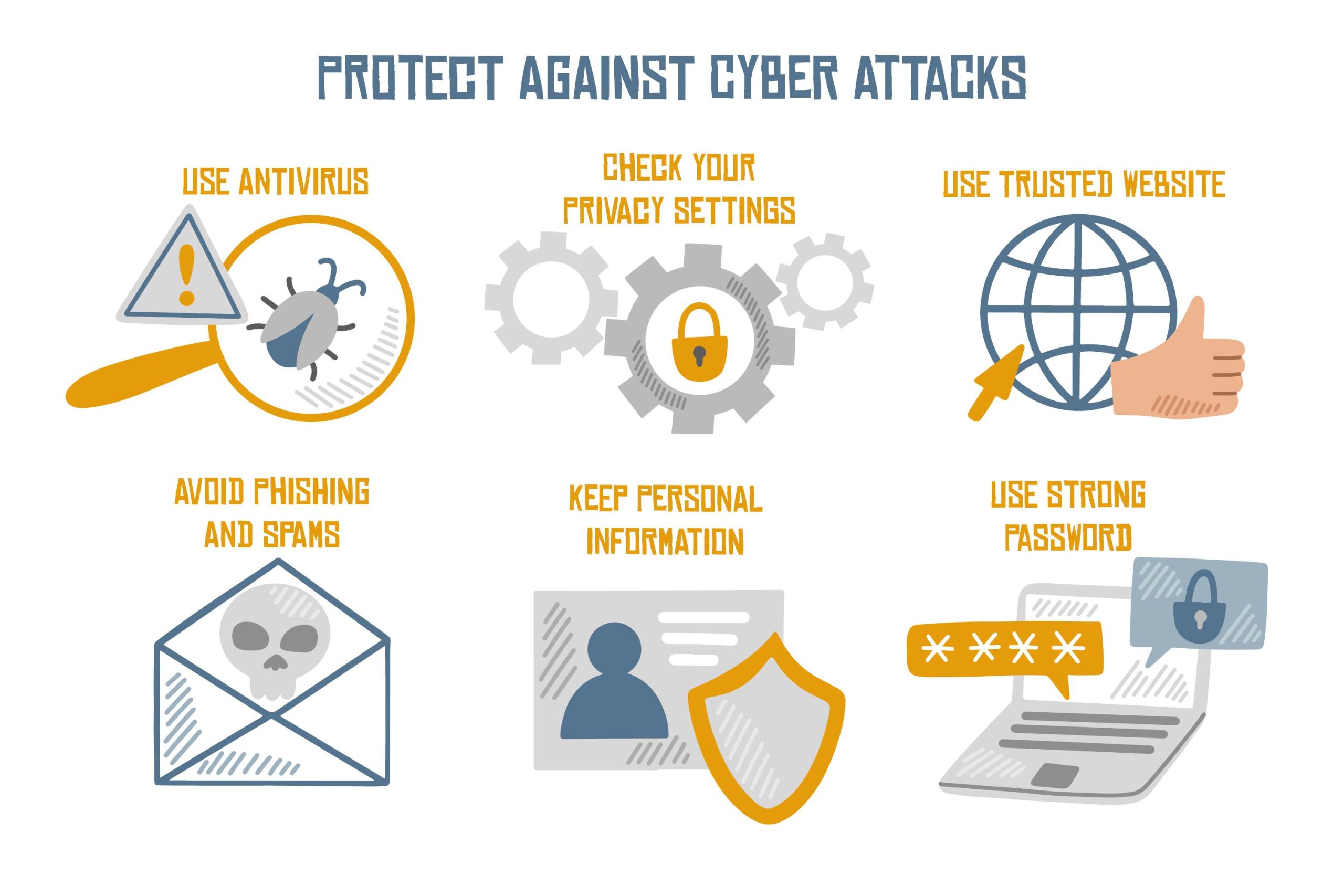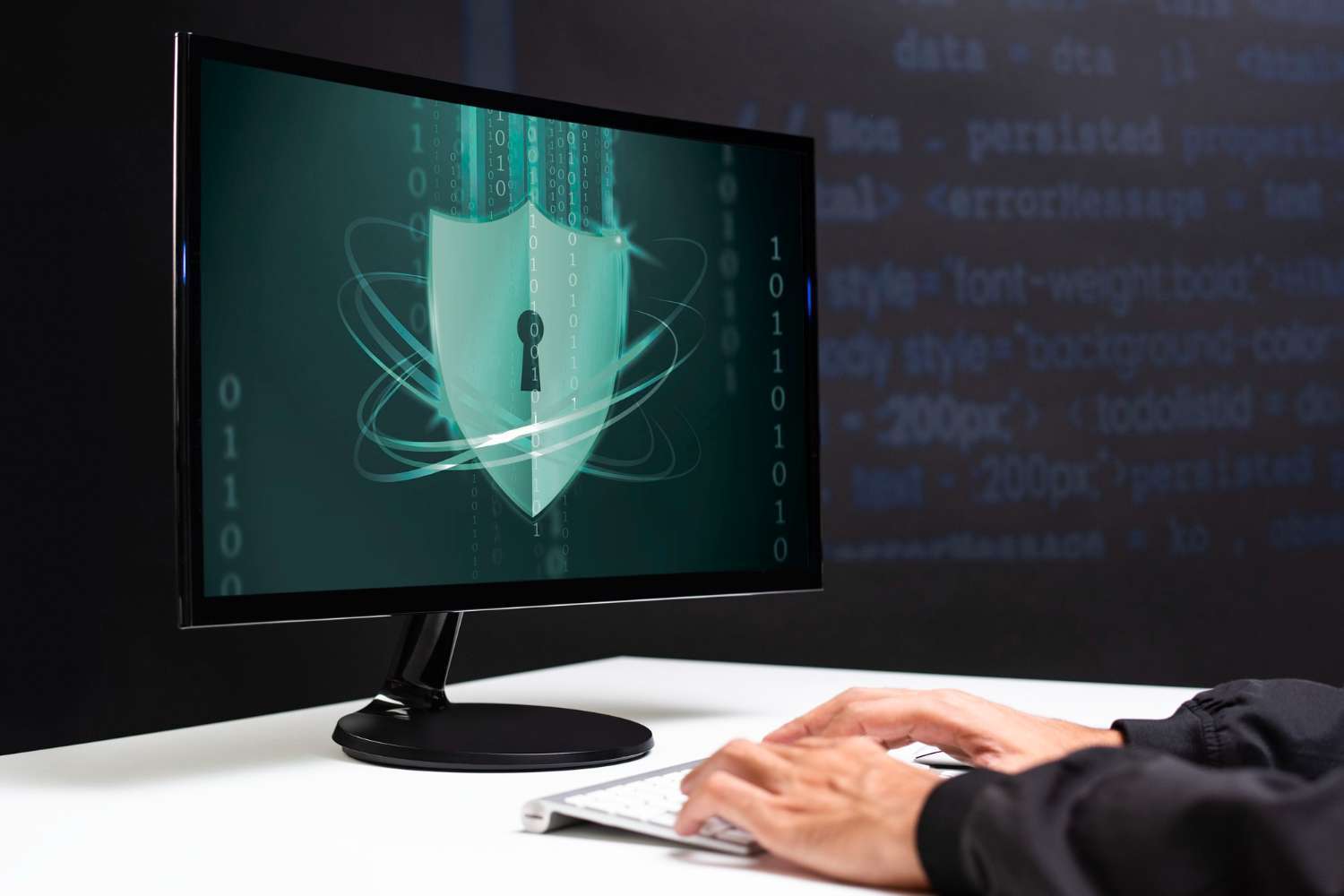How Can User Interface and User Experience Enhance Cybersecurity?
Design plays a crucial role in implementing effective and user-friendly cybersecurity protocols. An intuitive user interface (UI) and a positive user experience (UX) can direct users towards safer practices. This can be achieved by simplifying processes, making navigation effortless, and consistently prompting users in the event of risky actions. Dedicated user testing is another way to optimize UI/UX. This involves observing users interact with systems in scenarios reflecting their daily tasks. The results can be used to tweak features, ensuring that they’re practical and user-friendly.What Role Does Training Play in Developing User-Friendly Cybersecurity Protocols?
Effective training for all users is key 📚. A well-designed training program helps users understand cybersecurity protocols, fostering a culture centered around digital safety. It’s not just about reiterating the importance of strong passwords and two-factor authentication, but also about helping users appreciate the importance of following them. Besides, continuous training is vital to keep users updated on new threats and best practices. This can include password hygiene, understanding phishing attempts, and safety when working remotely.Can Automation Help in Making Cybersecurity Protocols User-Friendly?
Yes, automation has a profound role in enhancing user-friendly cybersecurity 🤖. Automated updates take the responsibility away from the end user, ensuring systems are updated with minimal human interaction. This reduces human error associated with updates and patches. Similarly, automating threat detection processes can aid in reducing stress on human analysts. This allows users to focus more on their work, while the system weeds out potential threats.How can Clear and Accessible Guidance Affect Cybersecurity?
Demystifying technical jargon and offering clear, accessible guidelines enhances compliance with cybersecurity protocols. Users can implement protocols correctly if instructions are easy to understand. This includes using simplified language, visuals, and infographics to break down complex processes. Providing easy access to guidelines also increases user involvement. Embed prompting cues and mini-tutorials within the system to guide users through tasks while reinforcing safety practices.
Conclusion
Improving the user-friendliness of cybersecurity protocols involves optimizing UI/UX design, implementing effective training, utilizing automation, and offering clear, accessible guidance. By understanding the users’ perspective and the context in which they operate, we can create protocols that are not only robust but also easy to adopt, ultimately reducing instances of human error and boosting overall cybersecurity. 🚀Latest posts by Benji (see all)
- Analyzing Patterns in Failed Products - July 25, 2024
- Hybrid Cryptographic Systems - July 24, 2024
- Inadequate Threat Intelligence Integration - July 23, 2024
